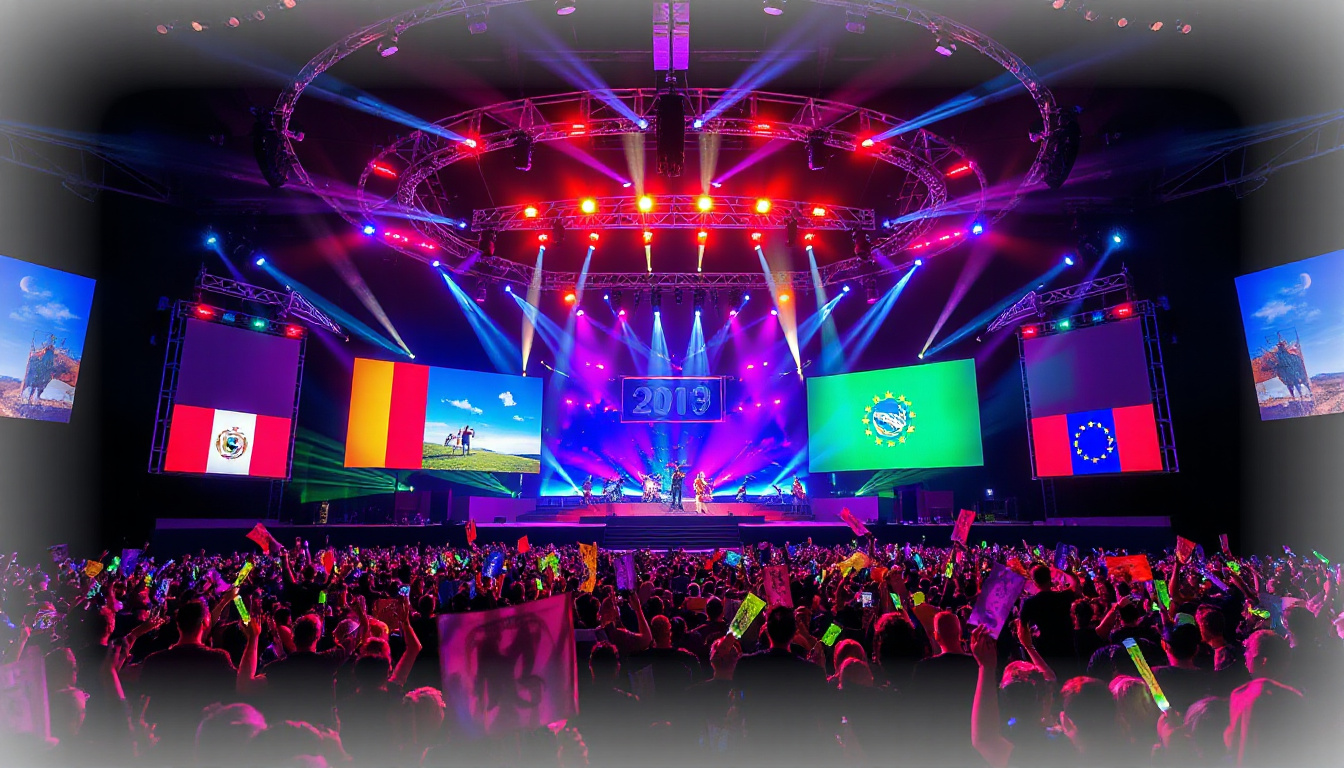The Eurovision Song Contest is a beloved annual spectacle that captivates audiences across Europe and beyond, showcasing an impressive array of musical talent and cultural diversity.
As we gear up for Eurovision 2025, the excitement has already begun with the results of the first semi-final being revealed.
This year’s competition has sparked intense discussions around the forecasts made by various prediction models and betting odds.
In this article, we explore the outcomes of the first semi-final, the accuracy of predictions made by ‘The Model’ and ‘Your Voix,’ and the impact of televoting on the results, while also looking ahead to the highly anticipated second semi-final in Basel, Switzerland.

Eurovision 2025 Key Takeaways
- Prediction models ‘The Model’ and ‘Your Voix’ accurately identified nine out of ten qualifiers for the Eurovision 2025 Grand Final.
- Portugal’s unexpected inclusion in the semi-final results highlighted the unpredictability of the contest.
- The reliance on televoting in semi-finals tends to create a strong correlation between prediction models and actual results.
Accuracy of Predictions in Eurovision 2025
The Eurovision Song Contest 2025 has generated a considerable buzz following the results of its first semi-final, where predictions proved to be quite accurate despite a couple of surprising twists.
In this exciting event, ten countries were confirmed to have qualified for the highly anticipated Grand Final: Norway, Albania, Sweden, Iceland, the Netherlands, Poland, San Marino, Estonia, Portugal, and Ukraine.
Notably, two of the standout prediction models, ‘The Model’ and ‘Your Voix,’ showcased their prowess by accurately forecasting nine out of ten qualifiers.
These predictions came close to reality, with the unexpected rise of Portugal—who replaced Belgium, a popular choice among both models.
Meanwhile, betting odds lagged slightly behind, managing to nail down eight out of the ten qualifiers.
This semi-final uniquely depended on televoting, which tends to lead to a significant overlap between the predictions made by various models and the actual results.
As we look ahead, the excitement continues to build for the second semi-final in Basel, Switzerland, where another 16 countries are set to compete for their chance to shine in the Grand Final.
The Road to the Grand Final: Upcoming Semi-Finals
As the anticipation builds for the second semi-final, fans and analysts alike are eager to see how the prediction models perform once again.
The significance of audience engagement in the Eurovision Song Contest, particularly through televoting, means that the uniqueness of each country’s performance can greatly influence the results.
With competitors such as France, Italy, and Spain entering the mix, the stakes are higher than ever.
The models used for forecasting include crucial insights into past performances, social media buzz, and even regional voting patterns, all of which can impact public sentiment.
Each of these factors plays a critical role in shaping the outcomes and increasing the excitement around the event, as viewers await to see if their favorites will secure a spot in the Grand Final.
Additionally, the whimsical nature of the contest ensures that surprises may still be in store, as the dynamics of live performances can shift the audience’s preferences in real time.







